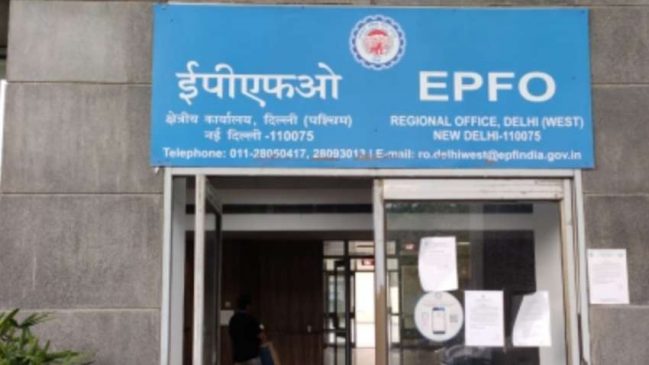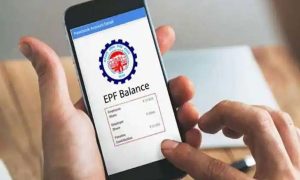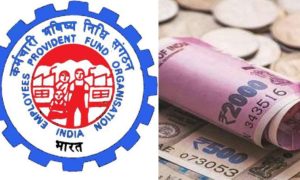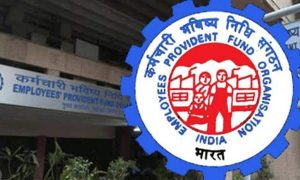The Employee Provident Fund, sometimes known as EPF, is a well-known savings programme run by the Employee Provident Fund Organisation (EPFO), which is under the control of the Indian government.
In accordance with this plan, the employee and employer each contribute 12% of the employee’s base pay and dearness allowance to the EPF. EPF deposits currently earn an annual interest rate of 8.1%.
Read More: Why EPF Is Important For Employees? EPFO Key Facts, 5 Things You Must Know
The scheme also aids the families of EPF members in the terrible event of a passing. In certain situations, the nominee or, in the absence of a nominee, an immediate family member or a legal heir, may withdraw the accrued funds. The minor’s guardian might claim the money in the case of a minor family member.
Read More: EPFO Nomination Not Done? Check This Online Step-By-Step Guide To Add Details
Here’s how a family member/nominee can withdraw EPF money after a member’s death:
- Provide the relevant information such as date of birth, guardian’s certificate, blank check, etc about the member and claimant on EPF form 20.
- After submission, the claimant will receive SMS notifications at various stages of their claim form approval.
- Following the process, the claimant will get the money.
- Payment is made by electronically crediting the claimant’s specified bank account.
Read More: How To Withdraw Money From EPF Account: Step-by-step Process Explained
The employer that the member most recently worked for must submit the application on their behalf. All sections of the claim form, which can be downloaded from the Epfindia website, must be signed by both the claimant and the employer.





































